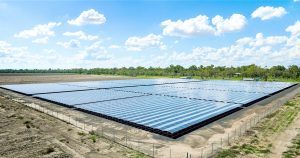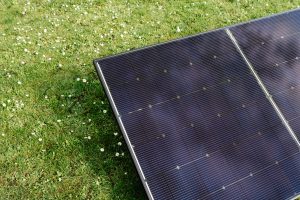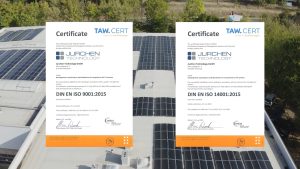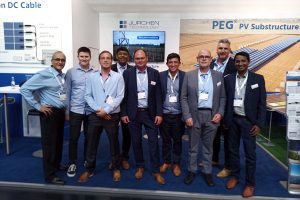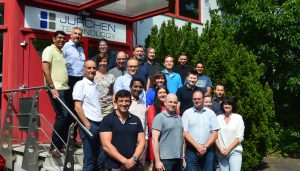
16th Caribbean
Renewable Energy
Forum
April 24-26
Miami, USA

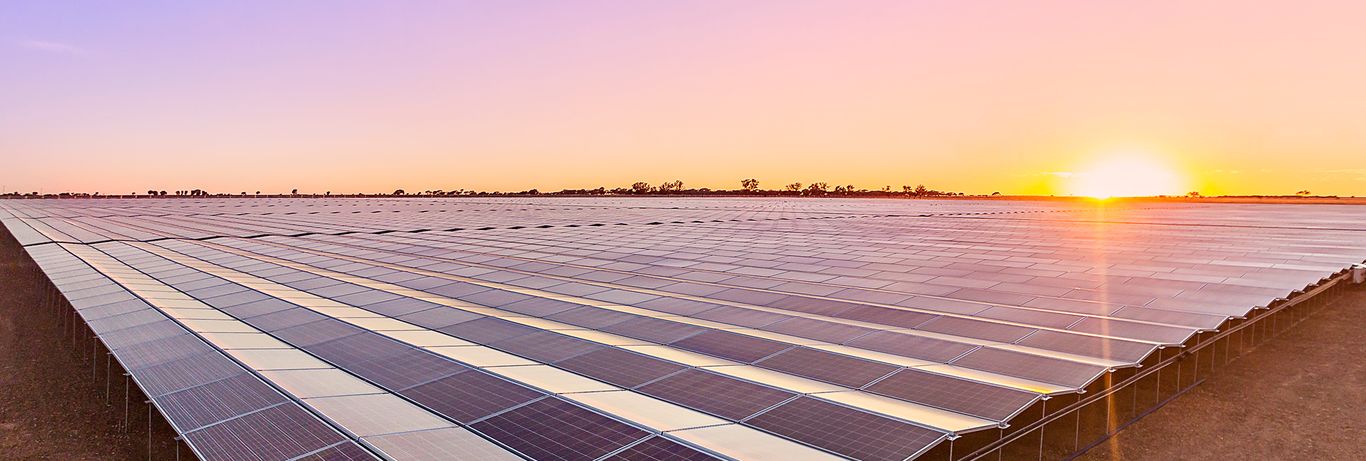
land yield by 225%
Read more…
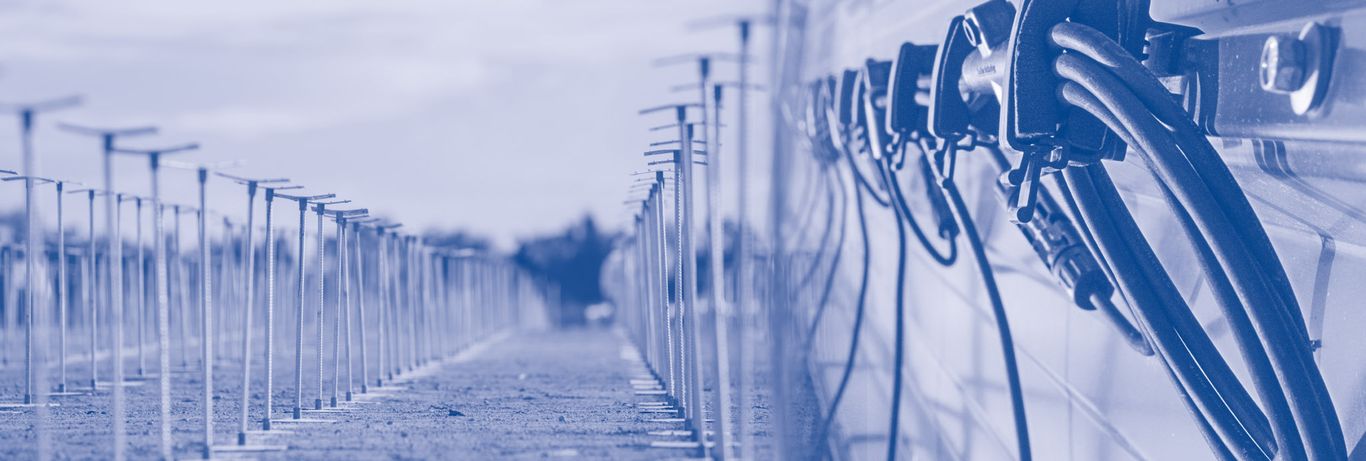
manufacturer
and DC cabling. Save time, money and effort!
Read more…
Jurchen Technology
Development and production of high-quality components for PV systems
Jurchen Technology specializes in manufacturing high-quality substructure and DC cabling for solar power plants. We take pride in the quality of our materials and workmanship insuring our products are built to last even under the toughest conditions. Our German in-house R&D center performs rigorous durability testing to guarantee a safe and long-lasting product. Additionally, our engineering team is able to provide solutions that are simplified and customized to customers’ needs.
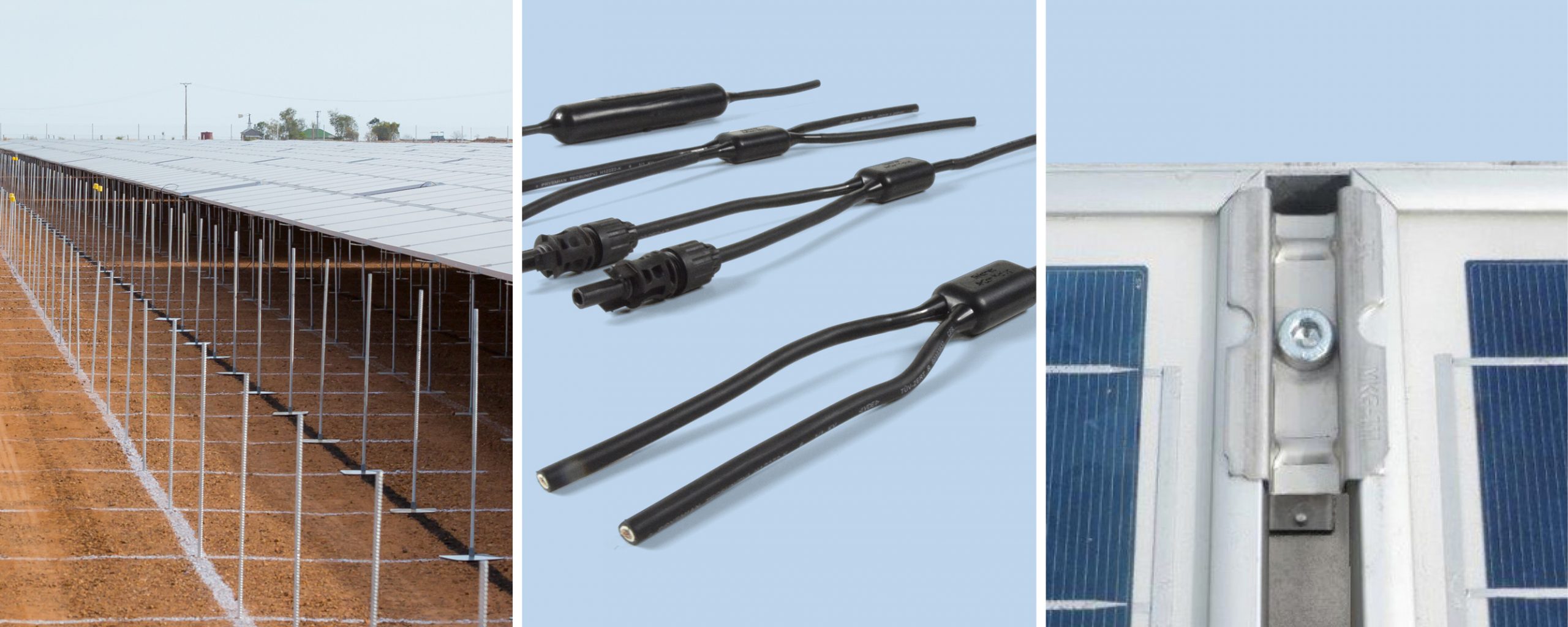
Mounting systems, DC cabling and accessories
Jurchen Technology supports customer’s projects through planning, construction, commissioning, and operation phases. Our team is highly specialized and focused on providing solar solutions since 2008 with a long history of redefining solar providing innovative, optimized, cost efficient substructure and DC cabling solutions.
News
4200
MW Wiring Harnesses
35
Countries
3600
MW PV substructures
